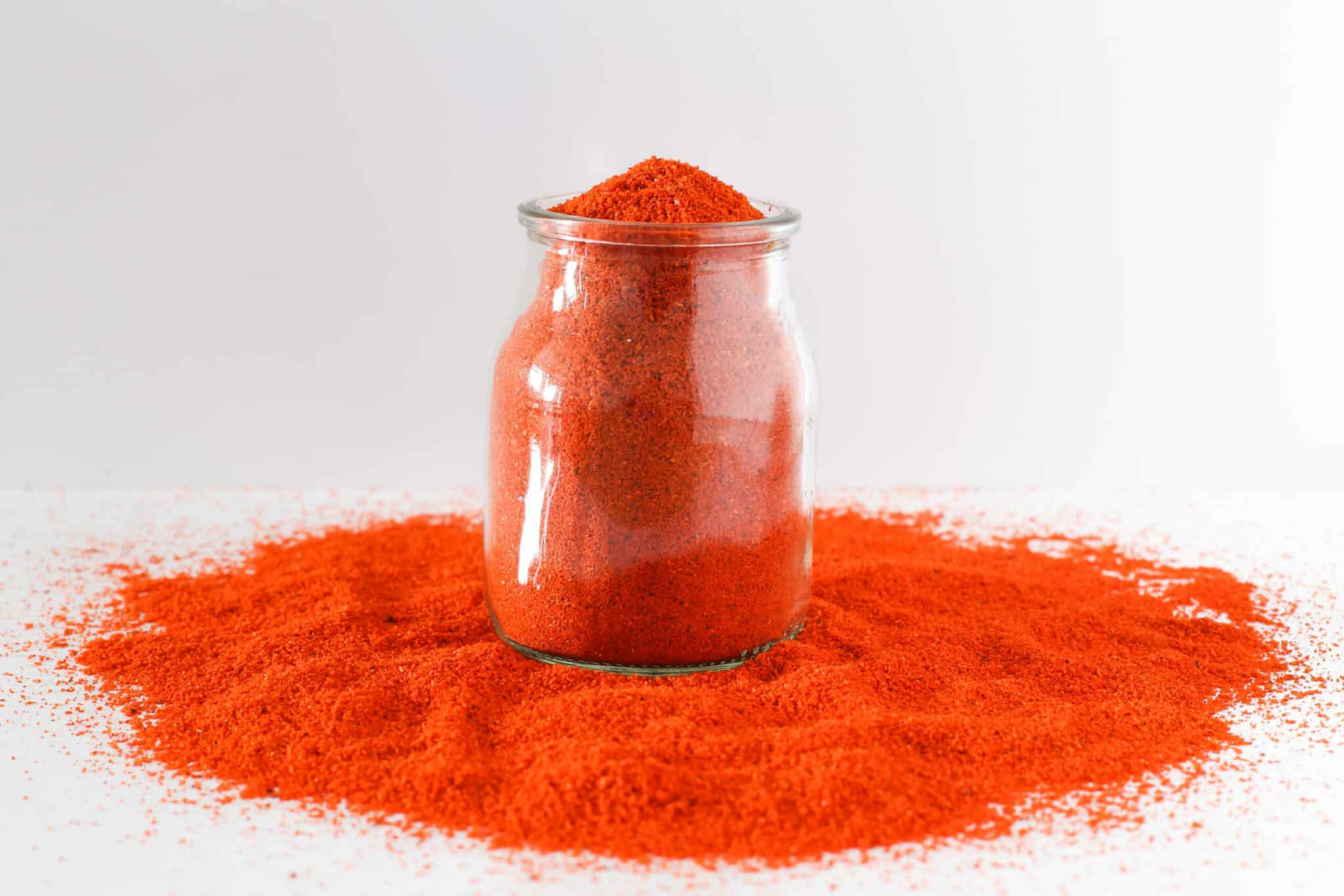It’s normal to come across tons of recipes that call for paprika. And because most of us are used to this spice in our pantry, we assume they’re indispensable. But paprika can still be replaced should you ever run out. Here, we’ll explore what paprika is all about and delve into its numerous varieties. We’ll also touch on suggested options for replacing the condiment should you ever need it. Then, as you read, you’d be surprised by how many familiar kitchen ingredients can help you solve the issue of running out of paprika for your recipe, like cumin or turmeric!
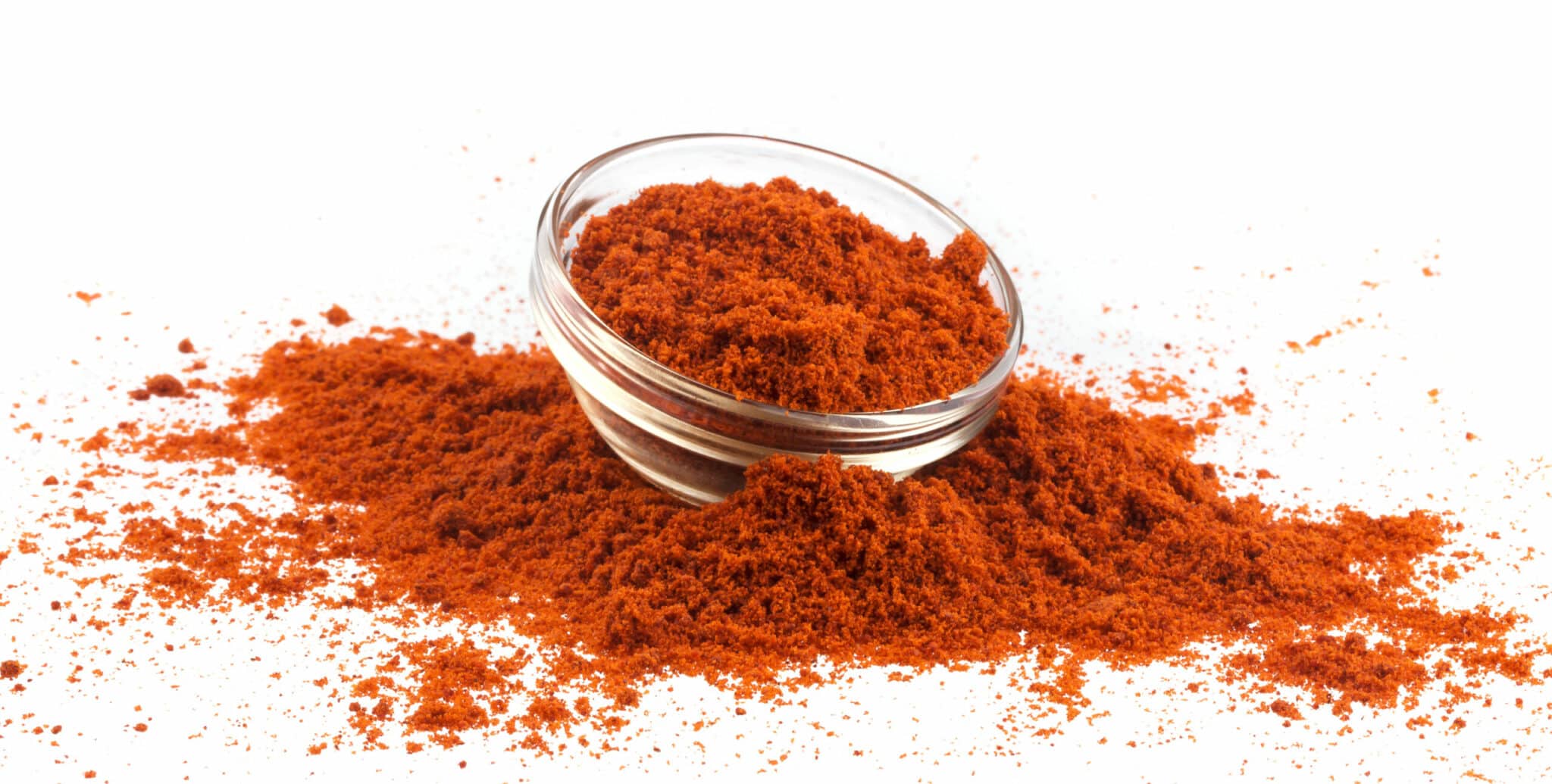
Paprika Nutrition Facts
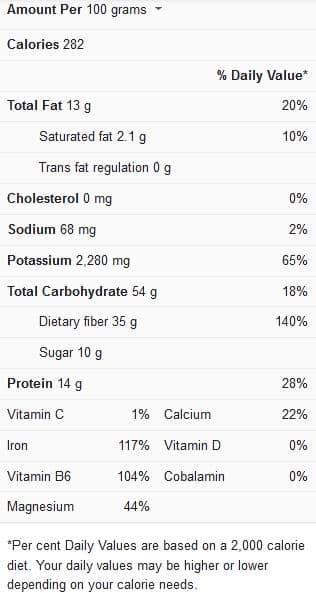
What is paprika?
Paprika is the powdered version of red peppers, but this isn’t what makes it interesting. Though its parent red pepper is Mexican, ‘paprika’ is a Hungarian term. The parent red peppers were originally gotten from Central Mexico, through which it was introduced to Spain. And it’s from Spain that the pepper was finally introduced to Hungary, which eventually coined its name.
The peppers are first cleaned and deseeded, then dehydrated to remove all moisture. Once they’re fully dried, the peppers are pulverized in a mortar and pestle to get a powdery result. Today, coffee grinders and food processors turn dried red peppers into paprika.
The original formula for paprika is owned by both the Mexican and Hungarian regions, which is why they are the two most common varieties; sweet and smoked paprika. Sweet paprika refers to the Hungarian variety and comes with bright red color and a hint of sweetness. You’ll also note a sharp, spicy flavor and a significant amount of zing. Hungarian paprika comes in eight varieties, but the most common is the ‘edesnemes,’ or ‘sweet Hungarian paprika.’
Smoked paprika refers to the Mexican version and is also commonly used in Spain, which earned it the name ‘Spanish paprika.’ But it’s was first made in Central Mexico, where it’s also called ‘pimento,’ and has a robustly smoky flavor with a deep dark red color. The flavor is primarily owed to the oak fire the capsicum peppers were smoked before being grounded. And its flavor is more intense, making it a specialty paprika variety reserved for certain traditional dishes. The heat range varies, though, which is why you’ll find it in three levels, namely dulce (mild), agridulce (semi-hot), and Picante (hot).
But there’s also a regular paprika variety, which we commonly find in grocery stores and keep in our pantry. These types are made from the flesh and skin of sweet red peppers and tagged as ‘paprika.’ They don’t pack much heat but offer a bright red hue, which is why we use them frequently in cooking.
Paprika uses in recipes
Paprika is famous for its balanced warmth and brightness, and it brings life and presence to any dish with its impressive range of flavors. While the general paprika taste verges towards warm, earthy, and spicy, other varieties can range from sweet to smoky, savory, and sharp. And because the varieties are prepared using different methods, the spice’s color can differ from bright red to orange to dark red.
Regardless of their numerous variations, paprika still stands out in many dishes. The regular variety is excellent for all dishes, as it works as a warm base without dominating the flavor profile. Sweet paprika is more applicable to traditional Hungarian meals, though it also works in meat and vegetable dishes from other regions. And smoked paprika gives that classic Mexican feel to foods, which is why you’ll find it featured on tons of Spanish and South American recipes.
Examples of dishes where paprika is widely applied include
- Deviled eggs
- Hummus
- Goulash
- Sauces
- Grilled sardines
- Stews
- Soups
- Potato salad
- Paella
- Chili con carne
- Gnocchi
- Gravy
- Dips
- Lesco
- Marinades
- Spanish patatasbravas
- Grilled eggplants
- Garlic and paprika chicken
- Mac and cheese
- Chowder
- Creamy garlic dressings
- Paprikash
- Barbecued PiriPiri chicken
- Red curries
- Casseroles
- Spicy salads
- Lamb kabobs
- Burgers
- Cajun recipes
- Meatballs
- Spice rubs
- Lamb al asador
- Tacos
- Salsas
- Seafood
- Rice dishes
- Spicy beef shin hotpot
Substitutes for paprika
Now you may find that your paprika stock is exhausted, and you feel you should swap it with another type. After all, you assume, they’re all paprika, right? Well, that’s far from true because though they all share the paprika name, their properties and flavor effects are quite different.
Put, if you use smoked paprika in a place where sweet paprika is called for, you may end up ruining the dish. And adding regular paprika in a recipe that calls for smoked paprika can rob it of the traditional feel the latter offers.
So, to prevent such issues from occurring, you’ll need substitutes composed of other spices to replace each type of paprika. The good thing is most of these items suggested are easy to find, and they offer distinct benefits that suit each paprika variety.
Ancho pepper powder
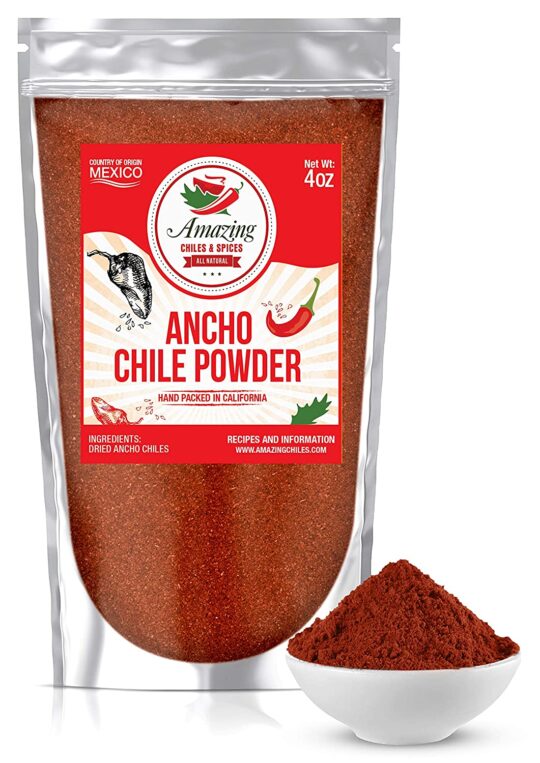
After the first two processing methods, Ancho pepper powder is gotten from dried, roasted, and ground poblano peppers, called ancho chilis. And the spice gives a deep red hue with a blend of sweet and smoky flavor. Its heat level is also mild, compared to most peppers.
Ancho pepper powder works excellently as a replacement for regular paprika but can also work if you need a replacement for sweet paprika. It’s also great in dishes that call for smoked paprika, and its mildness makes it ideal for swapping with dulce. Smoked paprika. To substitute, use half to one teaspoon of ancho for every teaspoon of paprika.
Cayenne pepper powder
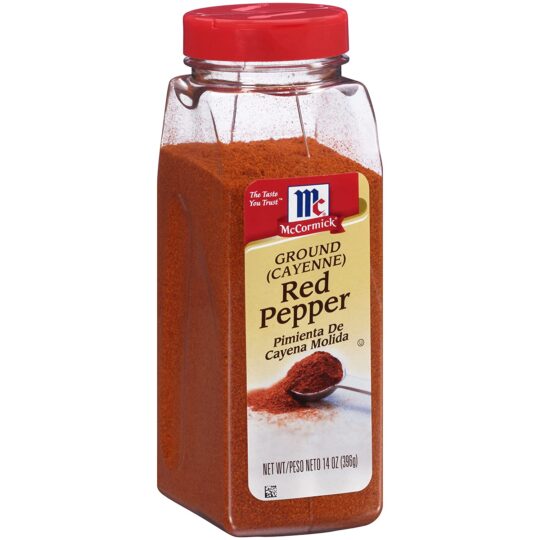
Cayenne is easy to find around us, as we may already have a jar of it in our spice rack. And it’s also quite close to paprika, which is why you can employ it as a substitute. Cayenne pepper powder is an excellent option for replacing regular paprika, but note that it’s much hotter. Still, you can use it in any recipe you wish, so long as you can cope with the heat and measure it appropriately.
As the heat level is close, you can also use cayenne to replace Picante smoked paprika in many Mexican dishes. To substitute with cayenne, consider starting with a quarter or half teaspoon for every teaspoon of paprika. And as you go, taste to check if the heat level and preferred flavor effect are reached.
Chipotle powder
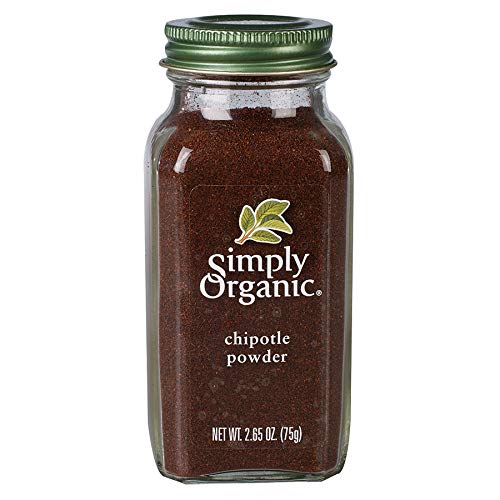
Chipotle powder’s hotness level makes it a great replacement for smoked paprika, and the heat level can work for both the agrodolce and Picante varieties. The smokiness of this substitute is due to its parent ingredient- smoke-dried jalapeno peppers. And it also boasts an earthier flavor but still works in this context.
You can also use it to substitute regular paprika, though you’d note a difference in spiciness. In comparison, hot paprika measures up to 500SCUs, while chipotle ranks up to 8000SCUs and offers a deeper hue than paprika. So, it’s best to start small when using this substitute; a quarter teaspoon for every teaspoon of paprika, and then adjust as preferred.
Hot sauce or tomato sauce (Smoked/Sweet or regular)
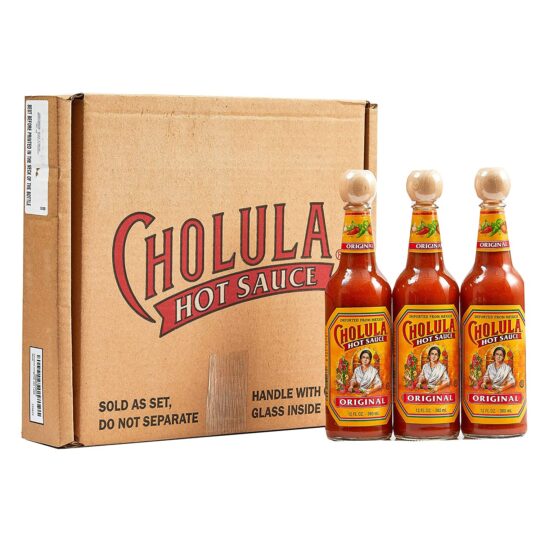
Any of these two options will deliver a good dose of spiciness, color, and warmth to your dishes. If your recipe calls for smoked paprika, you can use hot sauce. And it’ll also double as an alternative for hot paprika varieties like Picante. And for regular or sweet paprika, tomato sauce is your best option.
You can substitute hot sauce for paprika in equal amounts but begin with two tablespoons for each teaspoon of paprika when using tomato sauce. The reason is tomato sauce isn’t as spicy, so you’ll need more of it.
Regular chili powder
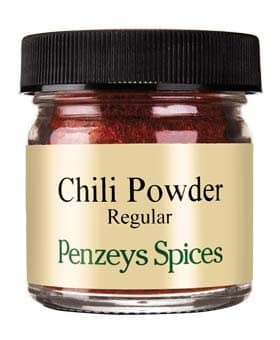
Chili powder combines different spices and chilis, including jalapenos, cumin, garlic powder, cayenne pepper, onion powder, paprika, and ancho chili. And, it carries a flavor profile that supplies a blend of earthy, sweet, savory, and spicy, just like the numerous varieties of paprika. Chili powder is also hotter than paprika, as it contains cayenne pepper, but this heat level brings it somewhat close to the sweet and smoked paprika varieties.
The flavor range is extensive and may divert your recipe’s flavor completely, so it’s best to use it in cases where a small amount of paprika is needed. As such, start with a quarter teaspoon for every paprika teaspoon, and adjust till you’re satisfied with the result.
Frequently asked questions (FAQs)
Can I cumin instead of paprika?
Yes, you can. But note that cumin is somewhat hotter than paprika, so use sparingly and work your way up to taste. Also, note that it comes with a more yellowish coloring. And it’ll offer a decent spice base similar to the real thing, but you won’t get the signature red coloring expected from paprika.
Can I use turmeric instead of paprika?
Yes, but only when a small amount is needed. Turmeric possesses a signature yellow hue, and this would be displayed when a large amount of it is used to substitute paprika. It also has a significant flavor that may stand out if too much is added. One way to bring it closer to the flavor profile of paprika is to combine it with something else, like ancho chili powder or cayenne.
How to make paprika?
You’ll need large red peppers to make paprika powder, and note that one large pepper will make about two teaspoons. First, peel and deseed them, then remove the white insides and slice the peppers thinly. Next, dry them in an oven or dehydrator, cool them, and crush the slices in a mortar or coffee grinder. And once a fine powder is derived, store the homemade paprika in airtight containers (preferably glass), and use it as preferred.
Conclusion
Paprika has always warmed our hearts with its versatile nature and brightness, but if you ever need a replacement, then these substitutes can work. And with them, you won’t have to miss the absence of this Mexican-Hungarian spice. You’ll also get more options to play with and discover new ways to cook your favorite dishes.
